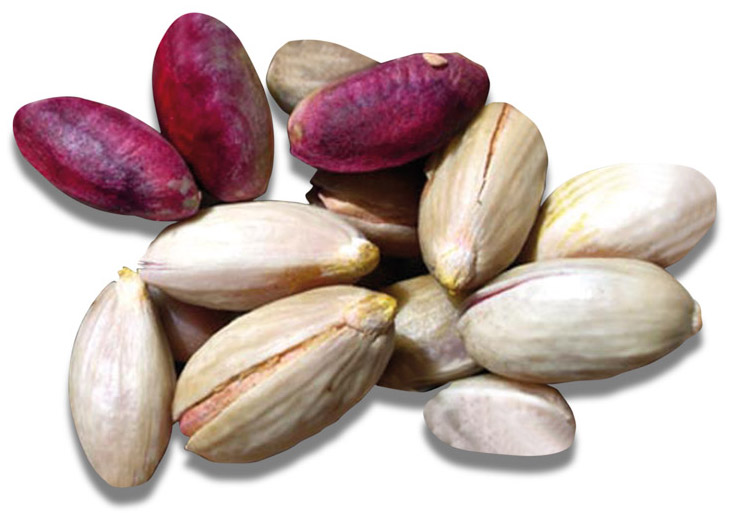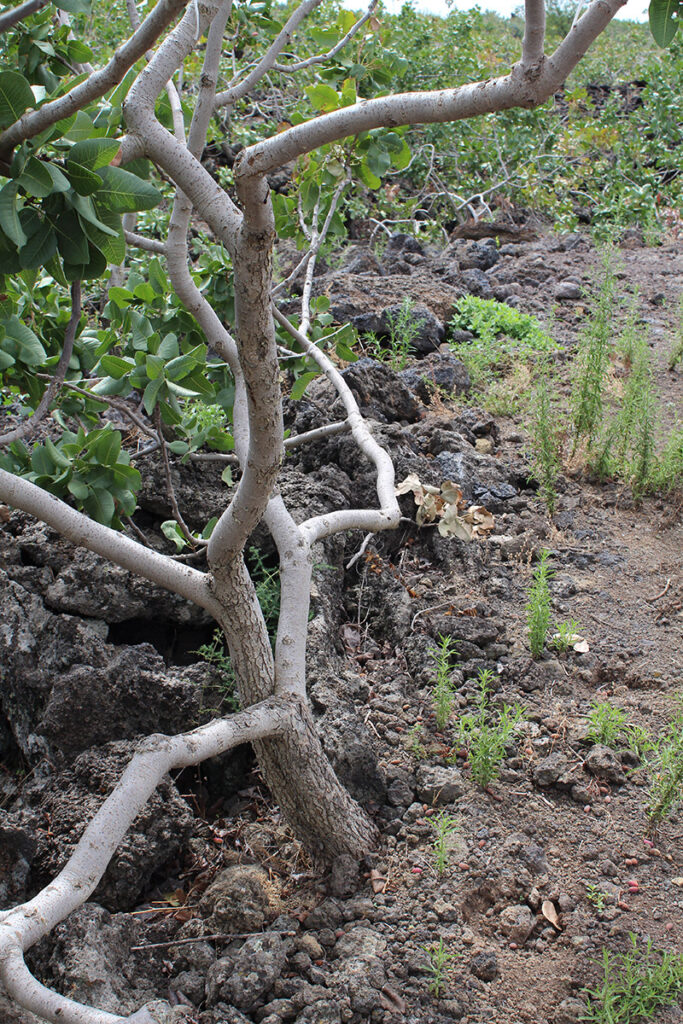The pistachio (from the Greek Pistàkion) is a plant native to the Mediterranean basin (Persia, Turkey), cultivated for its seeds, which are used for direct consumption, in confectionery and to flavor meat’s sausages. It’ s not too much to say that it is a plant as old as the world.
In fact, it was known and cultivated by the ancient Hebrews and was already considered a precious fruit.
As a matter of chronological curiosity, the word “pistachio” appears for the first time in the Old Testament, later in Genesis (origin and birth of the world), chapters 42/43, verse 11.
Here, in connection with the well-known episode of Jacob, who sends his sons from the land of Canan to Egypt to buy grain, we find the following sentence: “Behold, I have heard that there is grain in Egypt. Go down there and buy for us… Give that man the choice products of the land: balm, honey, resins, laudanum, almonds and pistachios”.
Along with other plants that were highly prized at the time, the pistachio is mentioned on the obelisk, a commemorative monument erected by Ashurbanipal I (king of Assyria, around 668-626 BC), in the city of Kolach.
Known according to some as “fostak” or “fostok” and deriving according to others from the Persian “fistij“, it was already known to the eastern populations: Babylonians, Assyrians, Jordanians, and Greeks since the 2nd century b.C. as a plant with curative principles, a powerful aphrodisiac and as an antidote against the bites of poisonous animals. Pliny the Elder, author of the Historia Naturalis, chapter X-XIII, dated around 77 a.D., who died in 79 following the famous eruption that destroyed the cities of Pompeii, Herculaneum and Stabia, mentions Lucius Vitellius (Praetor or Roman Governor in Syria) who introduced the plant to Spain and Italy around 20-30 a.D., following the Roman conquests.
Always in that period cultivations spread in Liguria, Puglia, Campania and Sicily. In the Italian regions, not finding favorable climatic conditions, the plant passed from fruit to wood for domestic use. Romans defined “frastuchera locus” the space, the place or the place where pistachio was produced.

At this point we must make a jump of about eight centuries and arrive, around 900 AD, the Arab presence on the island. These, had landed in Sicily in Marsala (literally port of Ali) in 827 and became owners of the entire island around 902, in those years they began the cultivation “inestando li salvatichi cò la coltivazione diventano domestichi“, by way of scions.
Of the latter, still today, in the dialect speech we preserve the terms “frastuca and frastucara” which indicate respectively the fruit and the plant. Corrupted terms derived from the Arabic “fristach” and “frastuch“. Of course it is a transliteration since the sound of the “p” is missing in the Arabic language is made with the “f” or “b”. In the Brontese dialect of our grandparents, the term “frastucata” indicated a sweet made of pistachio and “frastuchino” the green pistachio color.
It was the Arabs, therefore, tearing Sicily from the Byzantines, to increase and equip themselves in the cultivation of pistachios which in the island, particularly on the slopes of Etna, found the natural habitat for a lush and peculiar development.
On the slopes of the Bronte area, an extraordinary union was achieved between the plant and the lava soil which, continually fertilized by volcanic ash, favored the production of a fruit which, from the point of view of taste and aroma, exceeds the quality of the rest of world production.
Here, in a scarce and impervious land (the “lochi“, as pistachio groves are still called), the Brontese farmer has reclaimed and transformed the lava flows of Etna into an unusual Eden. He realized the miracle of a plant born from the rock to produce small, tasty fruits of the finest quality, with a beautiful emerald green color, sought and used in confectionery and gastronomy for their high organoleptic properties.
Today, in the vast territory of Brontë (25,000 hectares), almost 4,000 hectares of lava soil are cultivated with pistachio groves, with a very limited arable layer and with steep and uneven slopes, not very exploitable for other crops. To protect consumers and to obtain a product free from toxic residues, we hope to continue the path of organic cultivation, as well as we point out that there is a lack of an experimental field for specific studies and research. For example, we could introduce new rootstocks such as “Atlantic” and “Integerrinia” much more vigorous for development and speed of production; the planting of plants grown in phytocells and already grafted as well as cloning in vitro.




